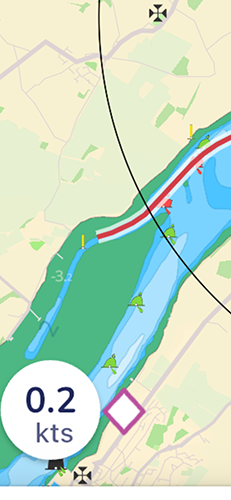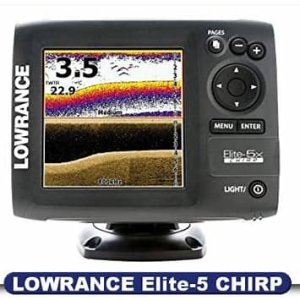Marceline
Active member
Hi - so yesterday we ended up on a sandback while heading to an anchorage down a narrow channel - thankfully was on a fairly flat bank and we had bilge keels so could float off a few hours after but the bank on the opposite side of the channel was steeper and we were very glad not to end up caught on that side
We only have a depth sounder on the boat but wondered - do those more advanced sonar 'fish finders' help when trying to see where the channel is deeper under the water ?
We only have a depth sounder on the boat but wondered - do those more advanced sonar 'fish finders' help when trying to see where the channel is deeper under the water ?



